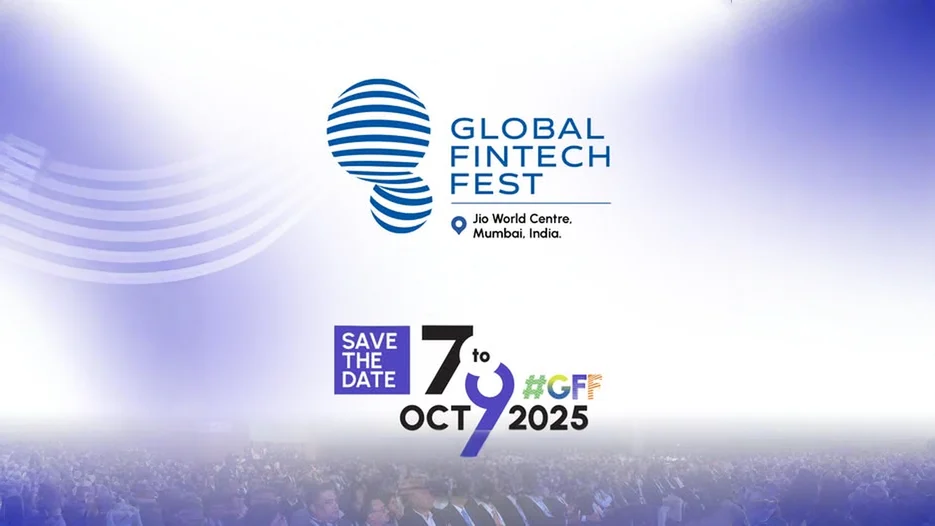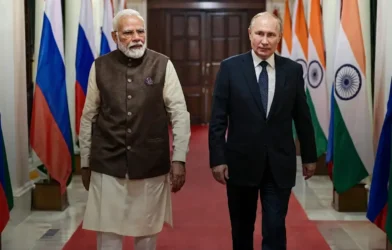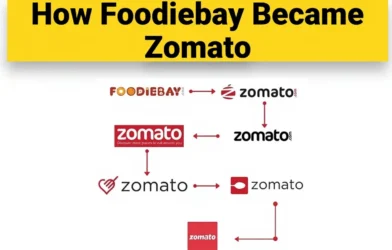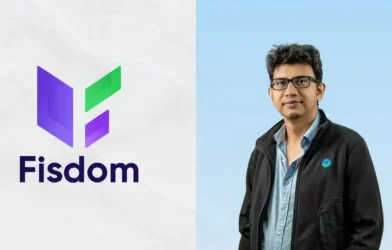Author: Aarya Shah | EQMint | Opinion
The much-anticipated Global FinTech Fest 2025 (GFF) opened its doors in Mumbai on a grand scale, drawing industry leaders, policymakers, investors, and innovators from across the world. Day 1 of the event was not just a curtain-raiser — it was a bold declaration that India is no longer just participating in the fintech revolution; it’s leading it.
With the theme “Empowering Finance for a Better World — Powered by AI”, the opening day set a strong tone for what promises to be a landmark event in the global financial calendar.
Policy Announcements & Strategic Shifts
The morning sessions were dominated by significant policy updates and visionary speeches from top government and industry leaders. A major highlight was the formal launch of a foreign currency settlement system via GIFT City, allowing seamless cross-currency transactions from within India. This initiative is expected to strengthen India’s role as a key player in global financial infrastructure.
Speakers emphasized India’s remarkable achievement of handling nearly half of the world’s real-time digital transactions, underscoring the scale and resilience of its fintech ecosystem. The combination of innovation and regulation is propelling the country to new heights.
However, there was also a word of caution. Senior policymakers and central banking officials warned against the concentration of artificial intelligence (AI) capabilities among a few large players, which could pose systemic risks to financial stability. The Reserve Bank of India’s Deputy Governor urged the fintech community to adopt a philosophy of “safety by design,” ensuring that AI is used responsibly, without compromising user trust or economic security.
Innovation and Product Launches That Stole the Show
Day 1 also served as a launchpad for groundbreaking fintech products and technologies.
-
- PhonePe’s SmartPOD, a next-generation smart speaker integrated with card and UPI payments, was unveiled to empower millions of small merchants with seamless digital transactions.
-
- A new solution called DigiTathya captured the spotlight with its ability to use QR and cryptographic technologies to trace and verify product authenticity — a powerful weapon against counterfeits and digital fraud.
-
- Several upgrades to the UPI ecosystem were announced, including wearable-based payments through smart glasses, Aadhaar-linked face authentication for onboarding, and the ability to make UPI withdrawals at micro-ATMs.
These developments highlight India’s growing leadership in digital payments, with the country evolving from a mobile-first ecosystem to a wearable and AI-enabled fintech landscape.
Adding a note of urgency, the Finance Minister raised awareness about the growing threat of deepfake videos and misinformation, urging fintech companies to collaborate in building stronger digital trust and AI defense frameworks.
Five Key Takeaways from Day 1
-
- AI and Regulation Must Grow Together
Day 1 reinforced that artificial intelligence is reshaping finance — from credit scoring to fraud detection — but must operate under transparent and accountable frameworks.
- AI and Regulation Must Grow Together
-
- Digital Trust is Now Non-Negotiable
As fintech grows, trust is becoming the new currency. Tools that ensure authenticity and prevent data manipulation will define market leaders.
- Digital Trust is Now Non-Negotiable
-
- Payments 2.0 Has Arrived
The expansion of UPI into wearables, biometrics, and offline accessibility marks the next leap in digital inclusion and consumer convenience.
- Payments 2.0 Has Arrived
-
- Infrastructure is the Hidden Powerhouse
Initiatives like the foreign currency settlement system at GIFT City show that the backbone of fintech innovation lies in strong, secure, and interoperable infrastructure.
- Infrastructure is the Hidden Powerhouse
-
- India Has Scaled Fintech Globally
With thousands of participants, hundreds of startups, and global media attention, GFF 2025 has cemented India’s reputation as the epicenter of financial innovation.
- India Has Scaled Fintech Globally
What to Expect in the Days Ahead
As the fest progresses, the upcoming sessions promise to be even more impactful.
-
- Day 2 will feature keynote addresses from global leaders, including heads of state and CEOs of leading financial institutions, who are expected to announce major collaborations and cross-border partnerships.
-
- Deep-dive panels and masterclasses will focus on central bank digital currencies, open banking, embedded finance, and AI-driven risk management.
-
- Startup pitch arenas are expected to draw significant investor attention, with several new funding rounds likely to be unveiled.
-
- International collaborations, memorandums of understanding (MoUs), and product launches will continue to make headlines.
For fintech founders, regulators, and investors, this is not just an event — it’s a global marketplace of ideas, technology, and opportunity.
Why You Should Be Part of the Global FinTech Fest
Engaging with the Global FinTech Fest means stepping into the heartbeat of innovation. Participants gain access to live insights from policymakers, regulators, and industry disruptors who are shaping the future of finance. It’s a one-stop hub to network, learn, and influence.
Startups can showcase their products to investors, professionals can upgrade their understanding of digital transformation, and policymakers can gather ground-level insights to shape the next phase of India’s fintech policy.
Most importantly, the fest bridges global perspectives with local execution — the perfect combination for anyone aiming to scale in the fintech domain.
The Bigger Picture
Day 1 of the Global FinTech Fest 2025 will be remembered as the moment when India’s fintech ambition met its execution. The blend of bold ideas, responsible innovation, and forward-thinking regulation created a launchpad for what could become the most transformative edition of GFF yet.
As the lights dimmed on the first day, one thing was clear — the future of global finance is being imagined, built, and scaled right here in India.
Disclaimer: This article is based on information available from public sources. It has not been reported by EQMint journalists. EQMint has compiled and presented the content for informational purposes only and does not guarantee its accuracy or completeness. Readers are advised to verify details independently before relying on them.









